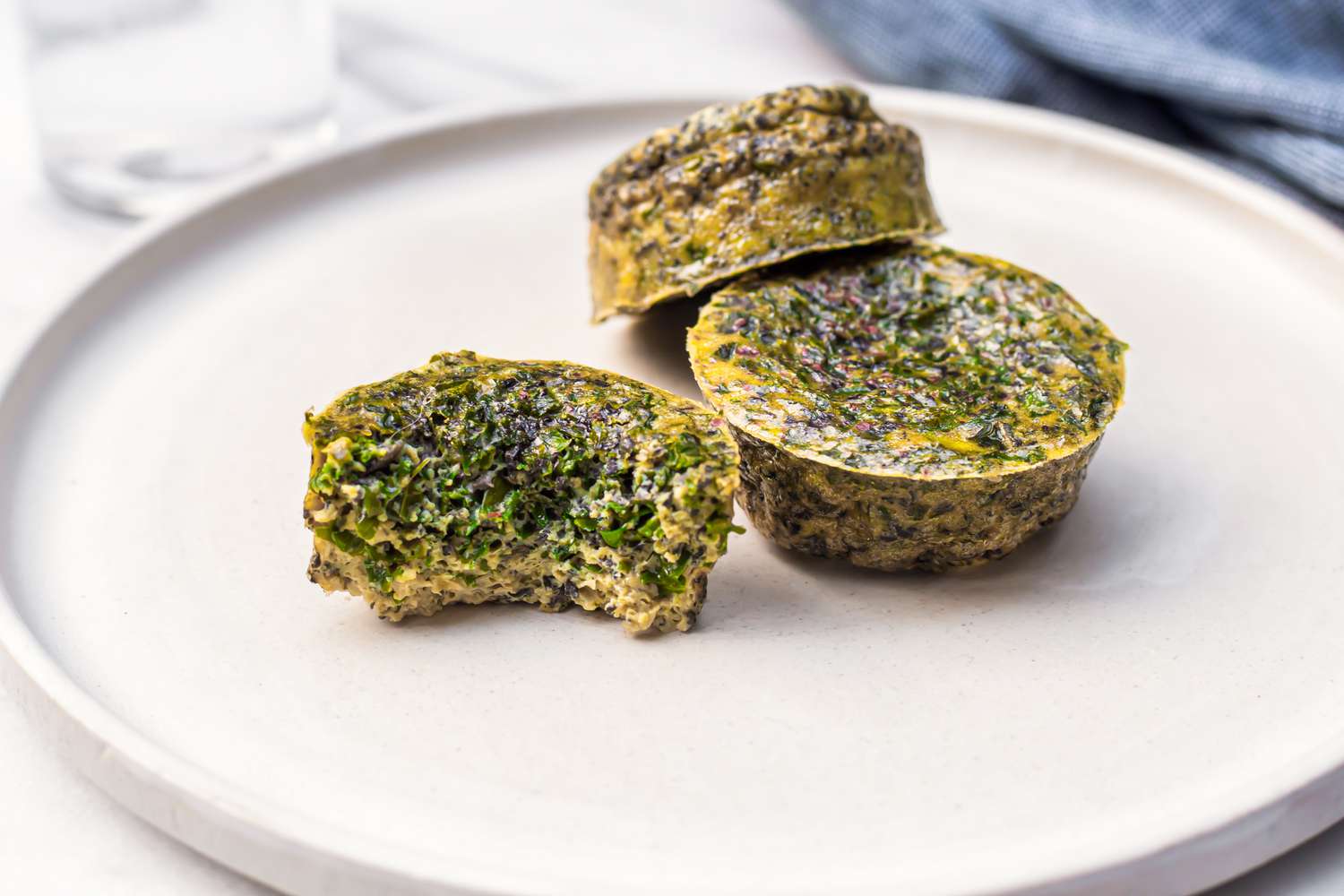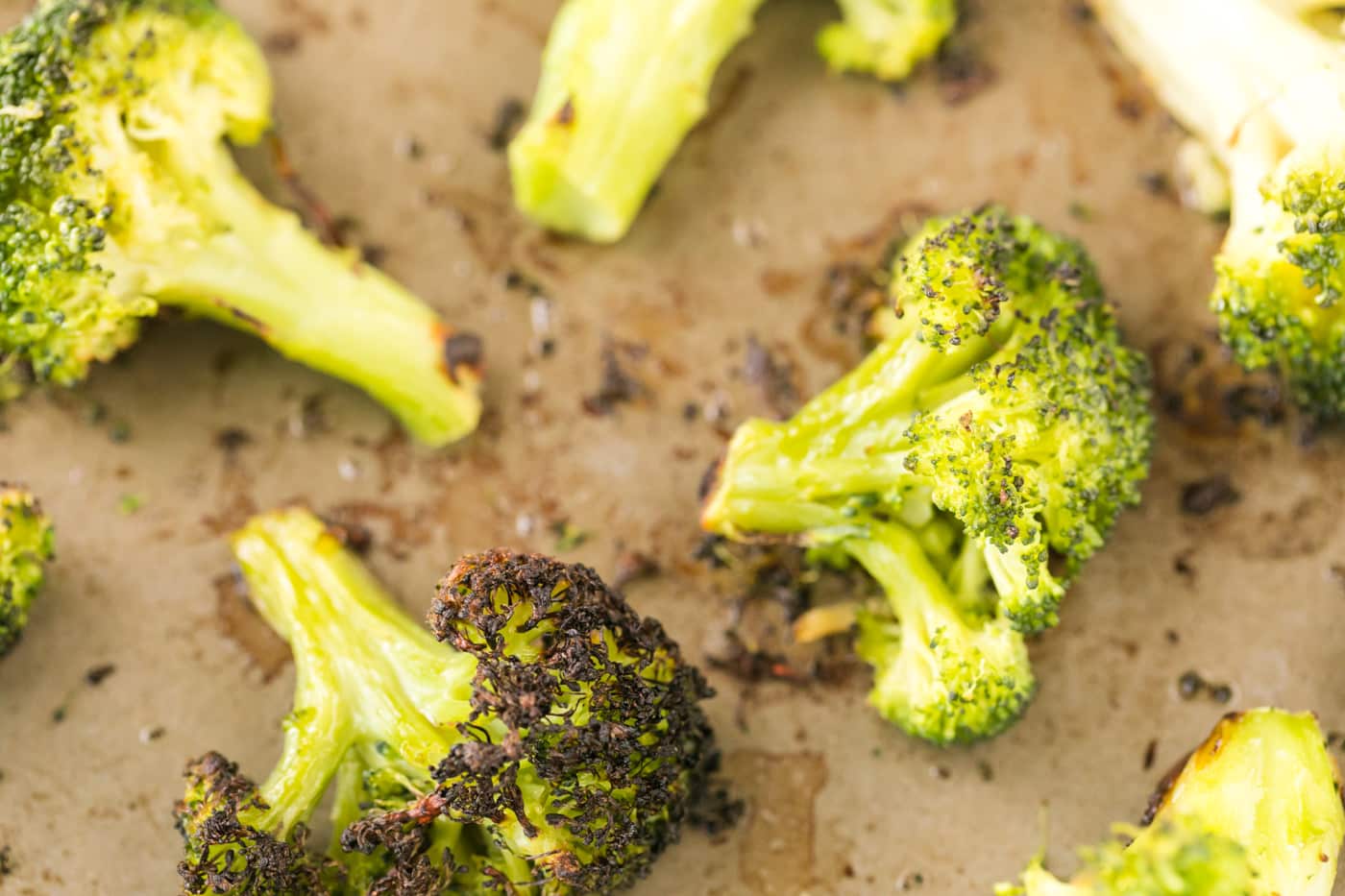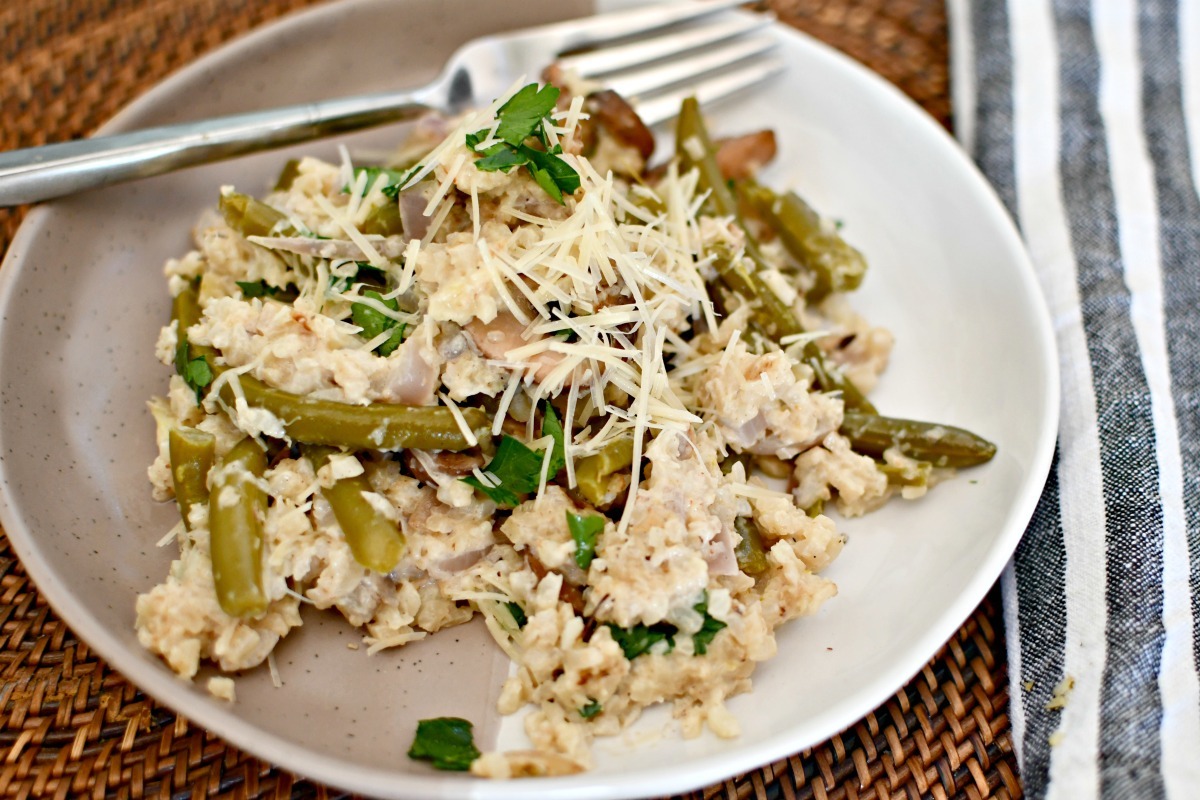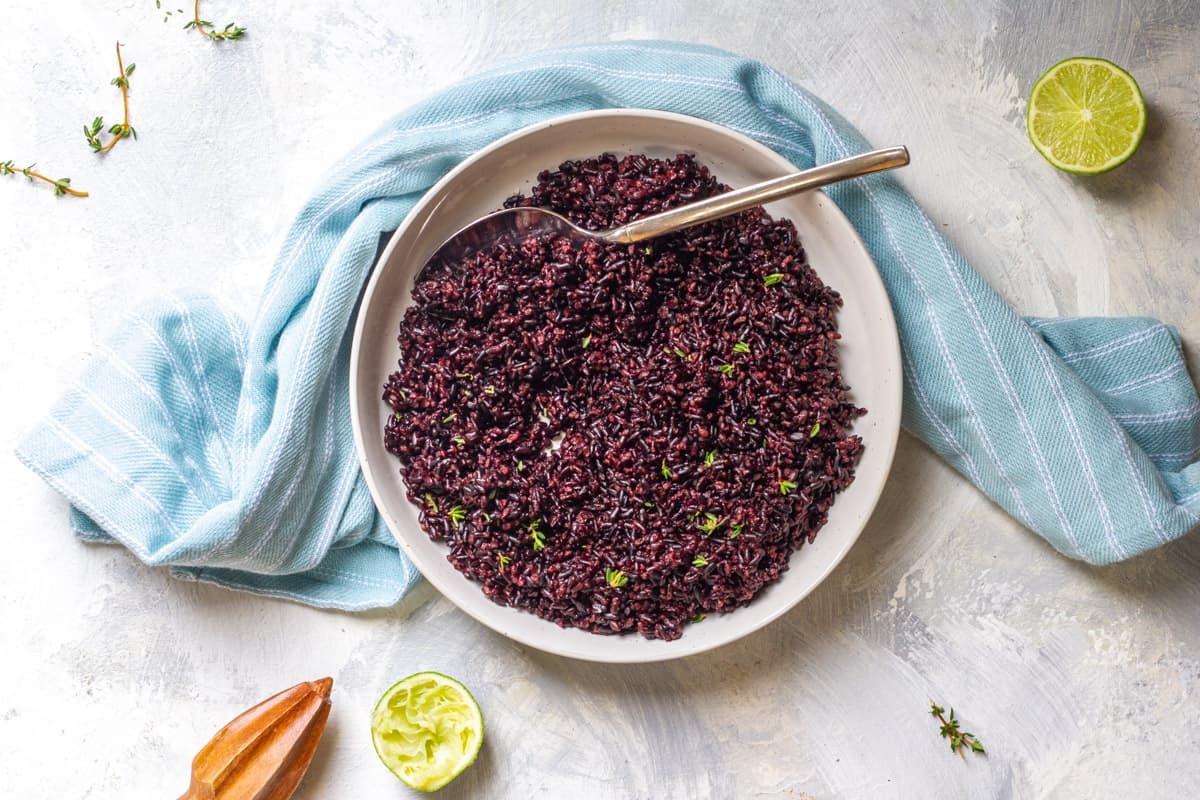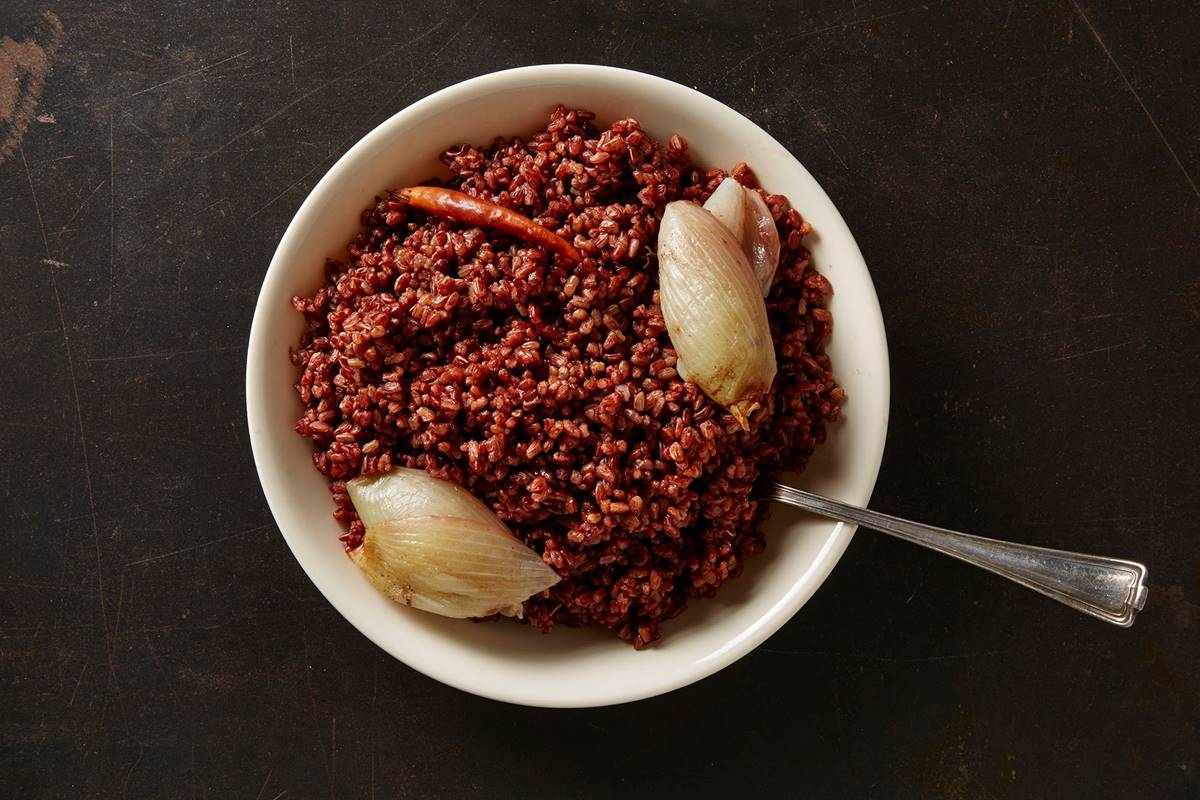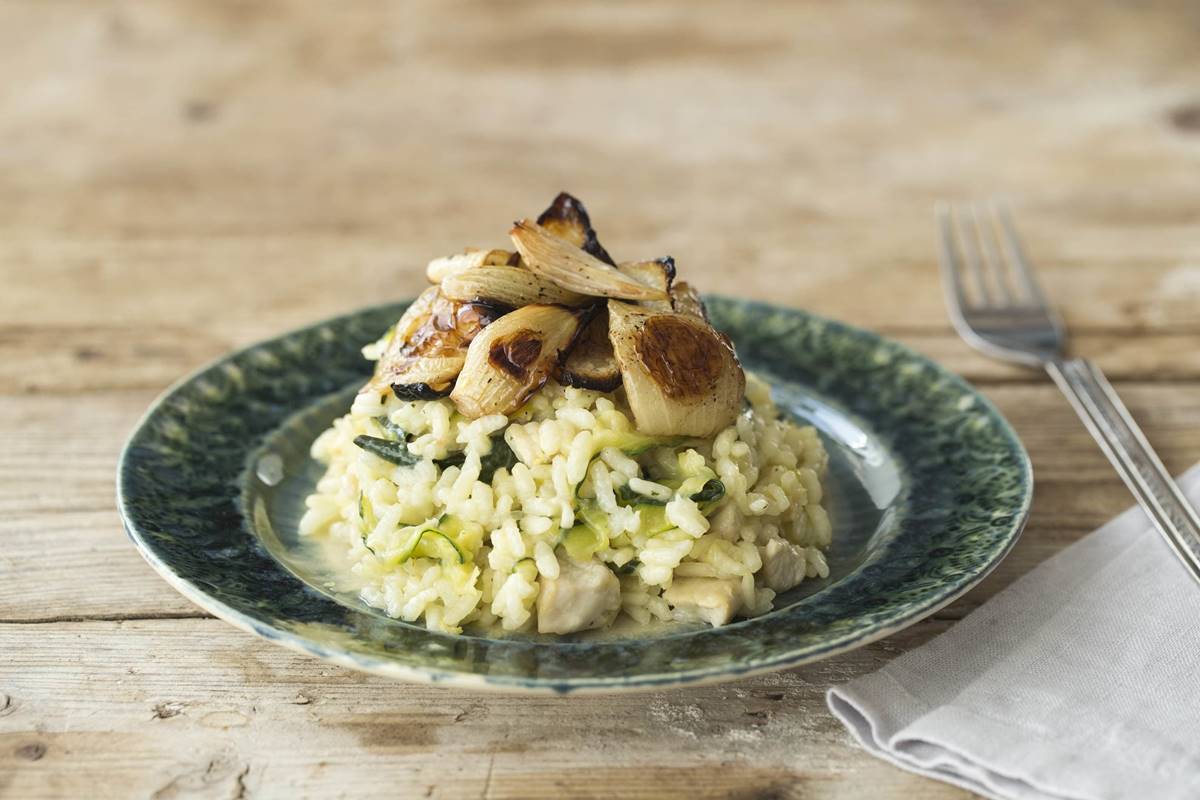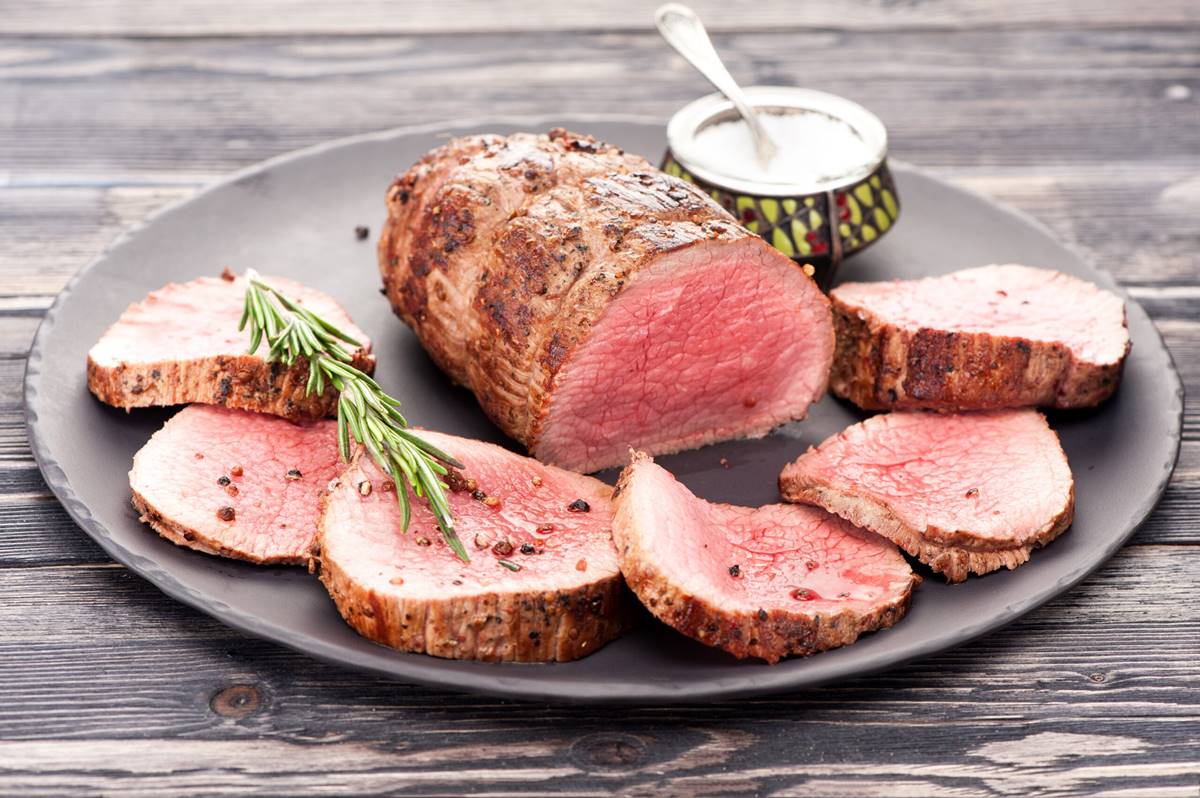Cooking a raw ham might seem intimidating at first, but with a few simple steps, anyone can transform this piece of meat into a succulent, flavorful centerpiece for any meal. Whether you're preparing for a festive holiday dinner or just looking to make a hearty family meal, understanding the basics of how to properly cook raw ham is essential. From selecting the right cut to mastering the cooking technique, this guide will walk you through everything you need to know to confidently cook raw ham, ensuring it comes out perfectly juicy and delicious every time. Let's get started on this culinary adventure.
Essential Ingredients for Your Perfect Ham
- Raw ham (approximately 8-10 pounds)
- Brown sugar (1 cup)
- Honey (1/2 cup)
- Dijon mustard (1/4 cup)
- Cloves (1 tablespoon, whole)
- Apple cider vinegar (1/4 cup)
- Orange juice (1/2 cup)
- Garlic (3 cloves, minced)
- Ground cinnamon (1 teaspoon)
- Ground nutmeg (1/2 teaspoon)
- Salt (to taste)
- Black pepper (to taste)
Must-Have Tools for Ham Preparation
- Large Roasting Pan: Essential for accommodating the size of a raw ham and ensuring even cooking.
- Meat Thermometer: Critical for checking the internal temperature to achieve perfect doneness.
- Aluminum Foil: Useful for covering the ham during part of the cooking process to prevent excessive browning.
- Sharp Knife: Needed for scoring the ham's surface, which allows flavors to penetrate more deeply.
- Basting Brush: Helps to evenly apply glazes or marinades over the ham.
- Cutting Board: Provides a stable surface for slicing the ham before or after cooking.
- Oven Mitts: Protects hands from high temperatures when handling the roasting pan.
- Carving Set: Includes a knife and fork specifically designed for slicing and serving meat.
Cooking raw ham involves preheating your oven to 325°F, placing the ham in a roasting pan, and baking for about 20 minutes per pound until it reaches an internal temperature of 145°F.
The Importance of Cooking Ham the Right Way
Cooking raw ham transforms it into a succulent feast, infusing flavors and ensuring safety. This process involves careful preparation, seasoning, and cooking techniques that elevate the simple cut into a centerpiece. Through cooking, we unlock the ham's potential, creating a dish that's both nourishing and celebratory.
Why we cook raw ham goes beyond just taste; it's about tradition, sharing, and creating memories around the table. This culinary practice brings people together, offering a sense of comfort and joy. Cooking raw ham is an art that celebrates the richness of simple ingredients, turning them into something extraordinary.
Your Ultimate Guide to Cooking Ham
Step 1: Select Your Ham
- Opt for fresh, raw ham (pork leg)
- Ensure meat is high quality
Step 2: Prepare Ham
- Rinse under cold water
- Pat dry with paper towels
Step 3: Score the Skin
- Make shallow cuts on ham's surface
- Create a diamond pattern
Step 4: Season
- Rub salt evenly over the entire surface
- Add herbs and spices as desired
Step 5: Preheat Oven
- Set temperature to 325°F (165°C)
Step 6: Place in Roasting Pan
- Position ham fat side up
- Insert meat thermometer into thickest part
Step 7: Bake
- Calculate cooking time (about 20 minutes per pound)
- Cover loosely with aluminum foil
Step 8: Glaze (Optional)
- During last 30 minutes, apply glaze
- Increase oven temperature to 425°F (220°C) for caramelization
Step 9: Check Temperature
- Ensure internal temperature reaches 145°F (63°C)
Step 10: Rest
- Let ham stand for 15 minutes before slicing
Step 11: Serve
- Slice and enjoy your perfectly cooked ham
Mastering Your Ham Adventure
Cooking a raw ham isn't just about following steps; it's an art that transforms a simple piece of meat into a centerpiece that wows your guests. Remember, patience and attention to detail are your best friends in this culinary journey. Start by choosing the right ham, prepare it with love by scoring and seasoning, then cook it slowly to perfection. Don't forget to let it rest before carving to ensure all those juicy flavors stay locked in. Whether it's a festive occasion or a cozy family dinner, a beautifully cooked ham can turn any meal into a celebration. So, go ahead, give it a try, and watch as your kitchen becomes the heart of happiness and good food.
For those looking to master the art of cooking a raw ham, there are several recipes that stand out. The Apple Cider Glazed Ham Recipe is perfect for a sweet and tangy flavor profile, making it a must-try. Another great option is the Cranberry Glazed Ham Recipe, which adds a festive touch with its fruity glaze. If you're in the mood for something a bit zesty, the Orange Marmalade Glazed Ham Recipe offers a citrusy twist that complements the savory ham beautifully. For those who prefer a more traditional taste with a hint of sweetness, the Honey Glazed Roasted Ham Recipe is a classic choice. Finally, the Pineapple and Brown Sugar Baked Ham Recipe provides a tropical essence that pairs wonderfully with the rich flavor of the ham. These recipes not only guide you through the cooking process but also elevate your ham to the next level of deliciousness.
All Your Questions About Ham Answered
How long does it take to cook a raw ham?
Cooking time for raw ham depends on its weight. Generally, you're looking at about 18-20 minutes per pound in a 325°F oven. For a 10-pound ham, that's roughly 3 to 3.5 hours. Always use a meat thermometer to ensure it reaches an internal temperature of 145°F.
What's the best way to season a raw ham?
Seasoning is key to a flavorful ham. Start by scoring the surface in a diamond pattern, then rub it down with a mix of brown sugar, mustard, and your favorite spices. Some folks swear by a glaze of honey, brown sugar, and pineapple juice applied in the last 45 minutes of baking for an extra kick of flavor.
Should I cover the ham while it cooks?
Yes, covering the ham with foil for most of the cooking time keeps it moist. Remove the cover in the last 30 minutes to allow the outside to get a nice, caramelized crust.
Can I cook a raw ham in a slow cooker?
Absolutely! Cooking a raw ham in a slow cooker is a great way to keep it moist. Set your cooker on low and plan for about 6-8 hours of cooking time, depending on the size. No need to add water, as the ham will cook in its own juices.
What's the difference between pre-cooked and raw ham?
Pre-cooked ham, also known as "city ham," has been fully cooked and often smoked, needing only to be reheated. Raw ham, or "country ham," is uncooked and must be cooked thoroughly before eating. They offer different flavors and textures, so the choice depends on your preference.
How do I know when the ham is done?
The best way to tell if your ham is done is by using a meat thermometer. Insert it into the thickest part of the ham, avoiding bone. When it reads 145°F, your ham is ready to rest before carving.
Any tips for leftover ham?
Leftover ham is versatile and can be used in many dishes. Cube it up for soups, slice it for sandwiches, or chop it for omelets. Store leftovers in the fridge for up to 4 days or freeze them for longer storage.
Was this page helpful?
Read Next: How To Cook A Fresh Ham
